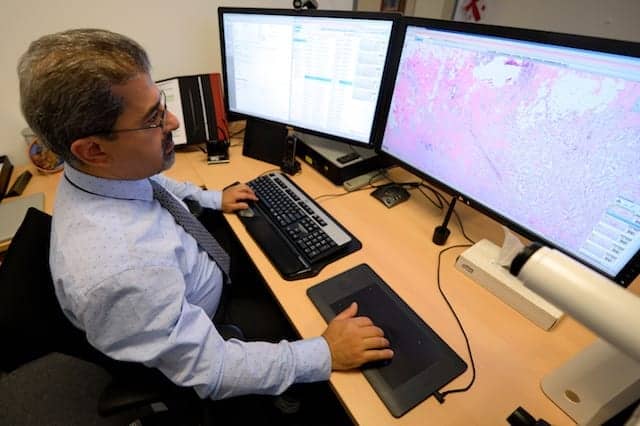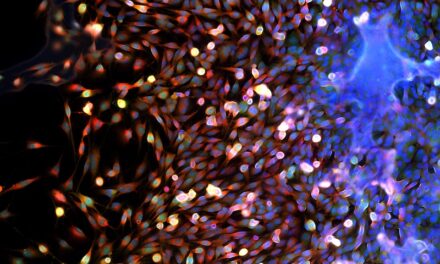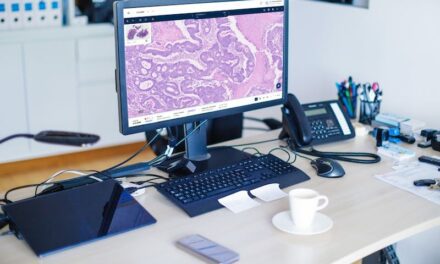Royal Philips, Best, the Netherlands, and the Laboratory for Pathology East Netherlands (LabPON) have announced plans to create a digital database of aggregated sets of annotated pathology images and big data, utilizing the Philips IntelliSite pathology solution.
The database will provide pathologists with clinical information for the development of image analytics algorithms for computational pathology and pathology education, while promoting new insights for the assessment of disease, including cancer.
Deep learning algorithms have the potential to improve the objectivity and efficiency of tumor tissue diagnosis. The challenge for executing deep learning techniques is having access to a database with sufficient high-volume and high-quality data from which to develop the algorithms.
As one of the largest pathology laboratories in the Netherlands, LabPON will contribute to the database its repository of approximately 300,000 whole-slide images created each year. The repository encompasses a wide variety of tissue and disease types, and will contain deidentified datasets of cases annotated with pathologist comments as well as other pertinent diagnostic information.
“Deep learning focuses on the development of advanced computer programs that automatically understand and digitally map tissue images in considerable detail. The more data available, the more refined the computer analysis will be,” says Peter Hamilton, group leader for image analytics at Philips Digital Pathology Solutions. “Together, LabPON and Philips have the competence and skills to realize this.”
Philips also intends to make the database available to research institutions and other partners through its translational research platform. Selected parties may interrogate and combine datasets with the goal of discovering insights that can ultimately be translated into personalized treatment options for patients.
“The role of the pathologist remains important for making the definitive diagnosis, which has a high impact on the patient’s treatment,” says Alexi Baidoshvili, pathologist at LabPON. “Software tools could help to relieve part of the pathologists’ work, such as identifying tumor cells, counting mitotic cells, or identifying perineural and vasoinvasive growth, as well carrying out measurements in a more accurate and precise way. This ultimately could help to improve the quality of diagnosis and make it more objective.”
For more information, visit Philips.






